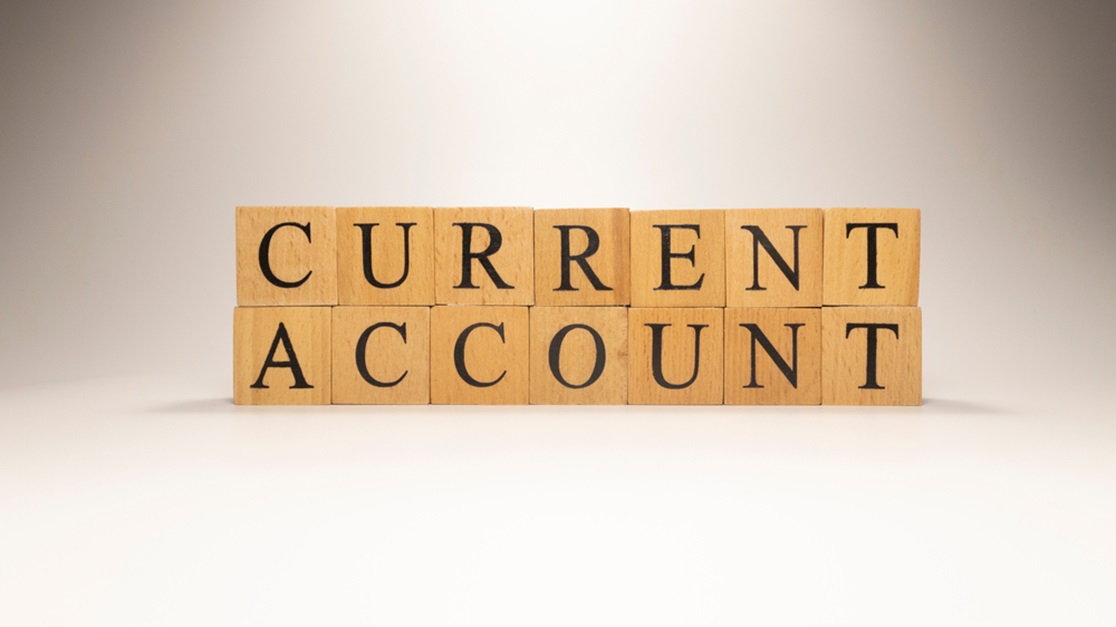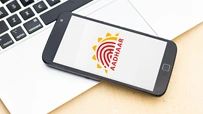How to Use a Current Account for International Transactions
Disclaimer: The information mentioned herein is generic in nature. Ujjivan SFB does not claim any responsibility for the accuracy of the information.
July 02, 2025

In today's interconnected world, businesses often need to engage in international transactions. A current account equipped for global banking can be a powerful tool for managing cross-border finances effectively.
Setting Up Your Current Account for International Use
Before diving into international transactions, ensure your current account is properly set up:
- Inform your bank about your intention to conduct international transactions
- Verify if your account has international transaction capabilities
- Understand the fees and charges associated with global banking
1. Activating Foreign Currency Services
To enable smooth international transactions current account, consider these steps:
- Request foreign currency services activation from your bank
- Set up multi-currency sub-accounts if available
- Familiarize yourself with SWIFT codes and IBAN numbers
2. Managing Currency Exchange
Effective currency exchange is crucial for international finance:
- Stay informed about exchange rates
- Consider forward contracts for large transactions
- Use your bank's online platforms for real-time rate information
3. Optimising Exchange Rates
To get the best rates:
- Time your transactions based on market trends
- Compare rates offered by your bank with other service providers
- Consider bulk exchanges for better rates
4. Conducting International Transactions
When making or receiving international payments:
- Provide complete and accurate beneficiary details
- Use the correct SWIFT code and IBAN number
- Specify the currency for the transaction
5. Ensuring Compliance and Security
To maintain compliance and security:
- Adhere to international banking regulations
- Use secure banking channels for transactions
- Keep detailed records of all international transactions
6. Leveraging Additional Services
Many banks offer additional services for international transactions:
- Trade finance solutions
- International business advisory services
- Global cash management tools
Final Thoughts
Using a current account for international transactions can streamline your global business operations. By understanding the processes and leveraging the right tools, you can effectively manage your international finances.
Looking to open a current account for your business? Ujjivan SFB offers different types of Current Accounts to meet various business needs. Open a Current Account with Ujjivan and simplify your business transactions.
Disclaimer:
The contents herein are only for informational purposes and generic in nature. The content does not amount to an offer, invitation or solicitation of any kind to buy or sell, and are not intended to create any legal rights or obligations. This information is subject to updation, completion, amendment and verification without notice. The contents herein are also subject to other product-specific terms and conditions, as well as any applicable third-party terms and conditions, for which Ujjivan Small Finance Bank assumes no responsibility or liability.
Nothing contained herein is intended to constitute financial, investment, legal, tax, or any other professional advice or opinion. Please obtain professional advice before making investment or any other decisions. Any investment decisions that may be made by the you shall be at your own sole discretion, independent analysis and evaluation of the risks involved. The use of any information set out in this document is entirely at the user’s own risk. Ujjivan Small Finance Bank Limited makes no representation or warranty, express or implied, as to the accuracy and completeness for any information herein. The Bank disclaims any and all liability for any loss or damage (direct, indirect, consequential, or otherwise) incurred by you due to use of or due to investment, product application decisions made by you on the basis of the contents herein. While the information is prepared in good faith from sources deemed reliable (including public sources), the Bank disclaims any liability with respect to accuracy of information or any error or omission or any loss or damage incurred by anyone in reliance on the contents herein, in any manner whatsoever.
To know more about Ujjivan Small Finance Bank Products Visit:"https://www.ujjivansfb.in"
All intellectual property rights, including copyrights, trademarks, and other proprietary rights, pertaining to the content and materials displayed herein, belong
to Ujjivan Small Finance Bank Limited or its licensors. Unauthorised use or misuse of any intellectual property, or other content displayed herein is strictly prohibited and the same is not intended for distribution to, or use by, any person in any jurisdiction where such distribution or use would (by reason of that person’s nationality, residence or otherwise) be contrary to law or registration or would subject Ujjivan Small Finance Bank Limited or its affiliates to any licensing or registration requirements.
FAQs
1. What documents are needed for international transactions through a current account?
Typically, you'll need invoices, purchase orders, and sometimes import/export licenses. Your bank may also require additional documentation based on the transaction type and amount.
2. How long do international transactions usually take?
International transactions generally take 1-5 business days, depending on the countries involved, the banks, and the transaction type. Some transactions may be faster with certain banking services.
3. Are there limits on international transactions through a current account?
Yes, banks often impose daily or per-transaction limits for security. These limits can usually be adjusted by contacting your bank and providing necessary documentation.
Latest Blogs

Dussehra 2025: How to Win Your Financial Battles with Smart Saving
Dussehra 2025 (also known as Vijayadashami) falls on Thursday, October 2, 2025.

eSIM Scam in India: I4C Warns Mobile Users About Rising Fraud – How to Stay Safe
The Indian Cybercrime Coordination Centre (I4C), a wing of the Ministry of Home Affairs, issued a strong warning to mobile users about the rapid increase in eSIM fraud in India.

How to Link PAN with Aadhaar: Step-by-Step Guide & Consequences of Not Linking
Linking your Permanent Account Number (PAN) with your Aadhaar is no longer just a best practice.

Annual Information Statement (AIS): A Complete Guide for Stress-Free ITR Filing
India’s tax season is in its final stretch.

ITR-1 (Sahaj) Restrictions: Income Sources Not Allowed & Filing Rules
With just a few days left before the 15 September 2025 deadline for filing Income Tax Returns (ITRs) for Assessment Year (AY) 2025-26, many taxpayers are rushing to submit their forms online.





